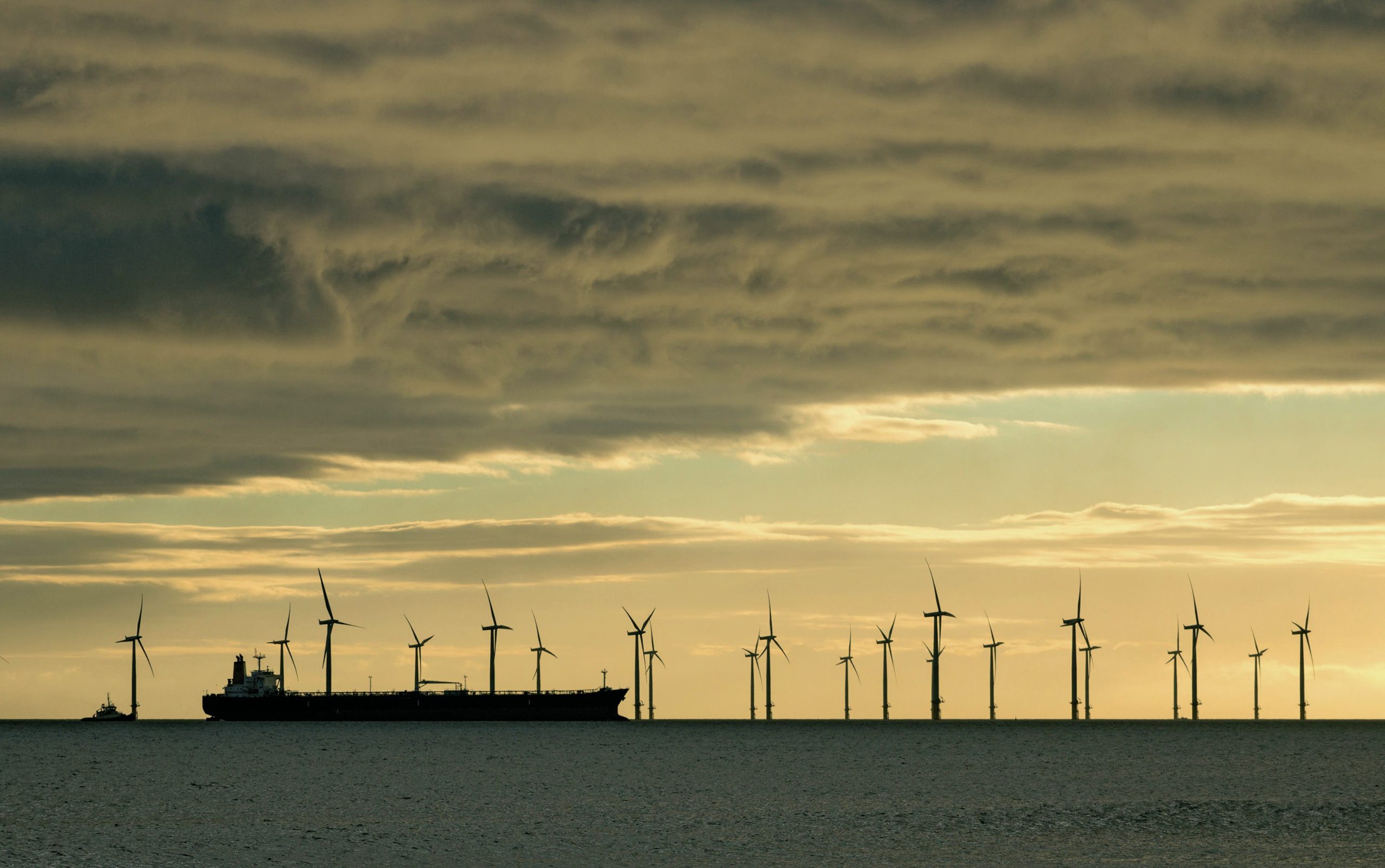
The UK has fantastic wind resources, whether on land or on the sea, and it has a helpful time profile: the wind is strongest in winter and usually builds up to an afternoon peak. This fits well with the demand for electricity across the country, which is highest in winter and peaks late afternoon. By 2010, 11% of all our electricity came from renewable sources, with about half of this from wind: 29% from onshore and 19% from offshore wind farms.
Wind, like most other renewable energy sources, is free. The only cost is the upfront capital for building the turbines and connecting them to the National Grid, which links all our electricity generation and use. After that, there are relatively minor maintenance charges, but there is no fuel to buy. Nature provides that.
Your organisation does not have access to this article.
Sign up today to give your students the edge they need to achieve their best grades with subject expertise
Subscribe




